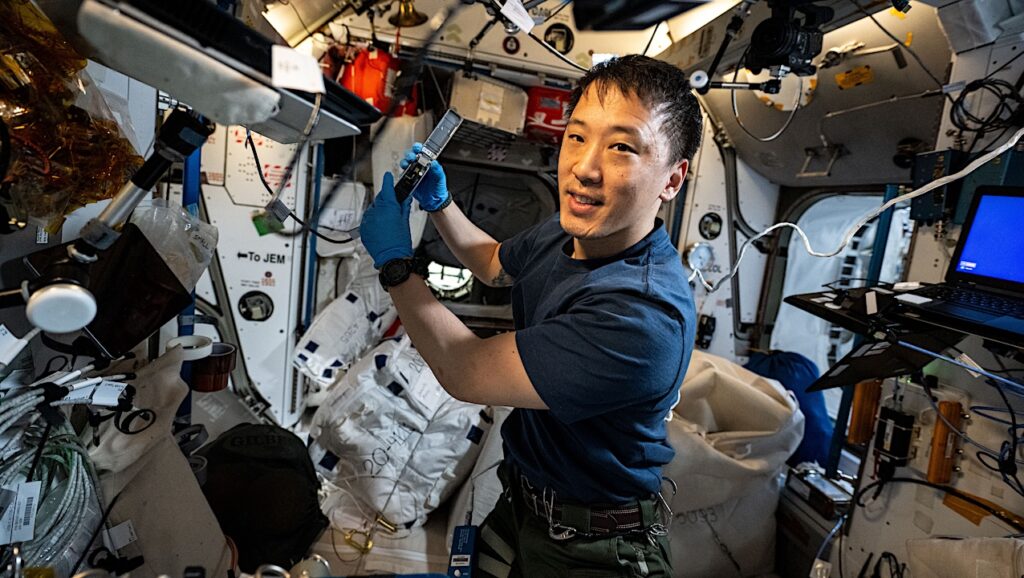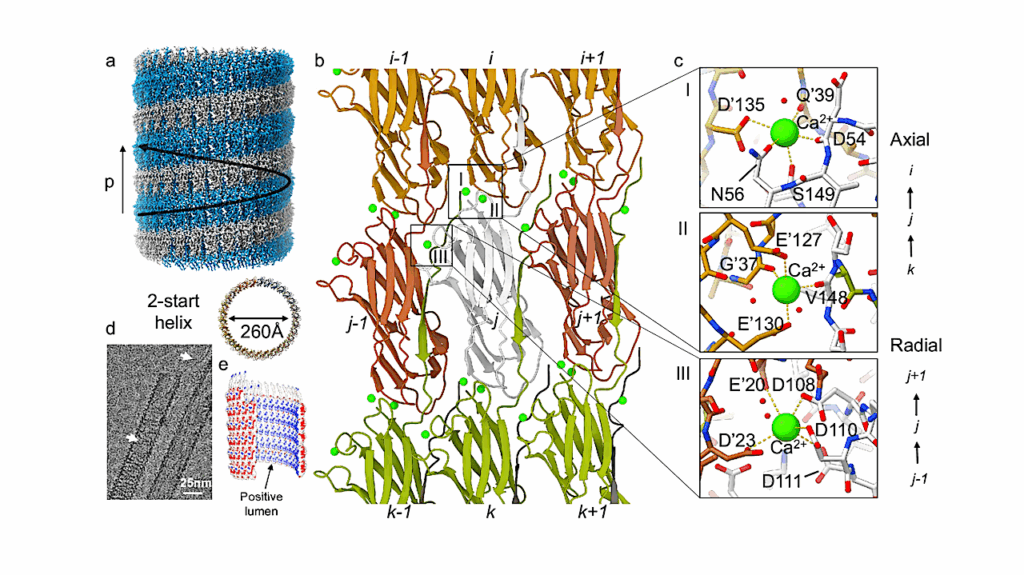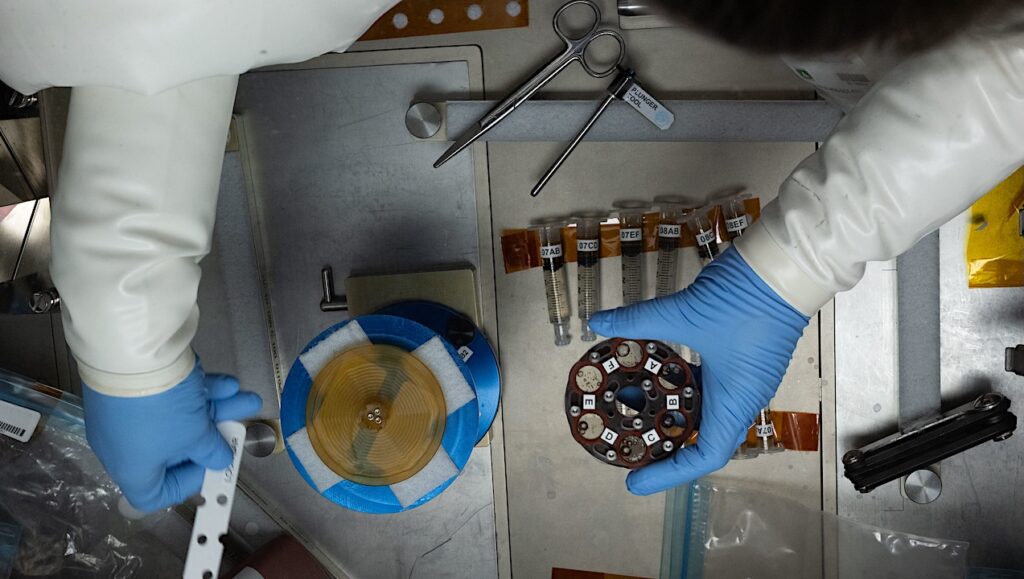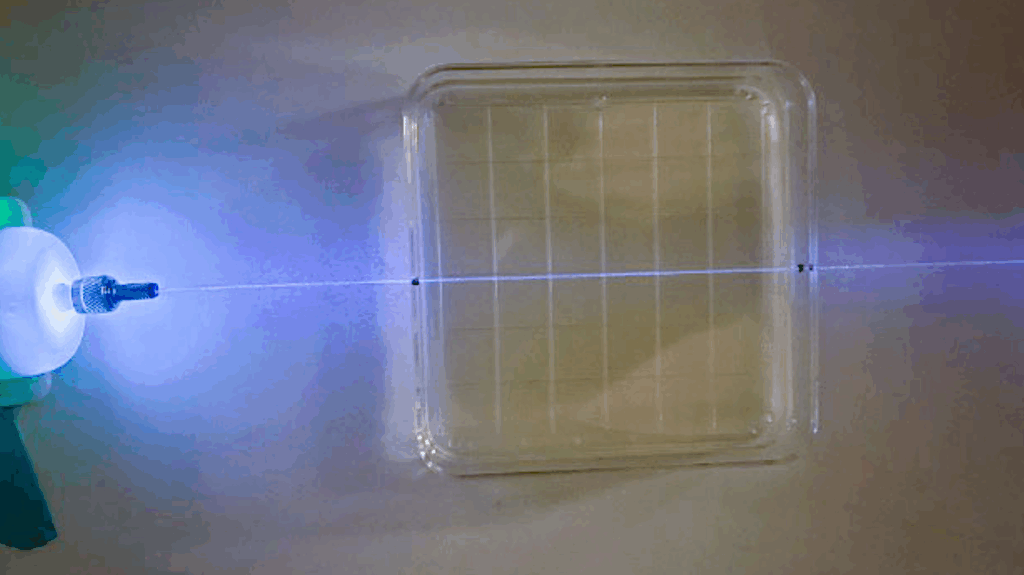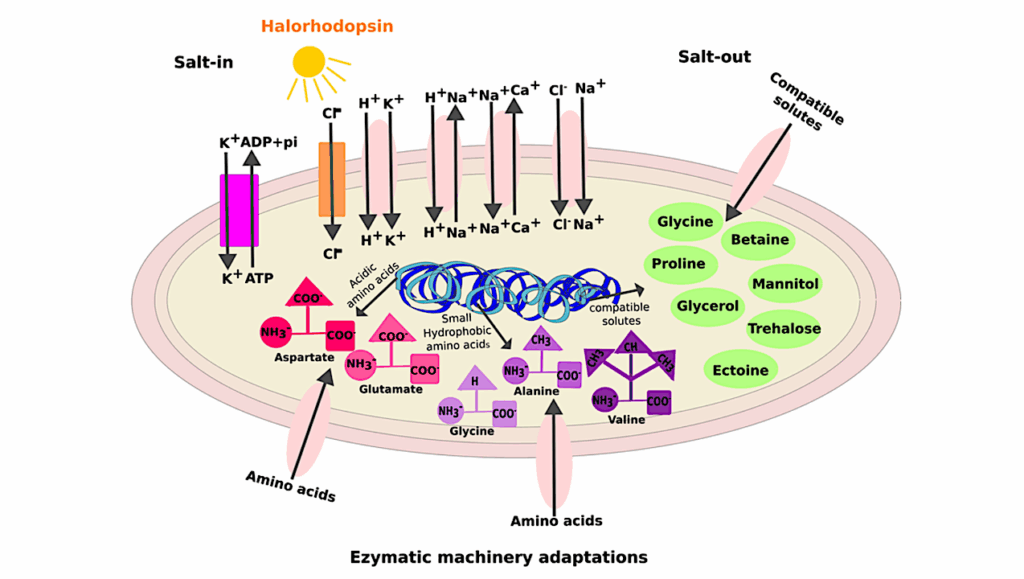Mitigation And Use Of Biofilms In Space For The Benefit Of Human Space Exploration

Biofilms are self-organized communities of microorganisms that are encased in an extracellular polymeric matrix and often found attached to surfaces. Biofilms are widely present on Earth, often found in diverse and sometimes extreme environments.
These microbial communities have been described as recalcitrant or protective when facing adversity and environmental exposures. On the International Space Station, biofilms were found in human-inhabited environments on a multitude of hardware surfaces. Moreover, studies have identified phenotypic and genetic changes in the microorganisms under microgravity conditions including changes in microbe surface colonization and pathogenicity traits.
Lack of consistent research in microgravity-grown biofilms can lead to deficient understanding of altered microbial behavior in space. This could subsequently create problems in engineered systems or negatively impact human health on crewed spaceflights. It is especially relevant to long-term and remote space missions that will lack resupply and service. Conversely, biofilms are also known to benefit plant growth and are essential for human health (i.e., gut microbiome).
Eventually, biofilms may be used to supply metabolic pathways that produce organic and inorganic components useful to sustaining life on celestial bodies beyond Earth. This article will explore what is currently known about biofilms in space and will identify gaps in the aerospace industry’s knowledge that should be filled in order to mitigate or to leverage biofilms to the advantage of spaceflight.
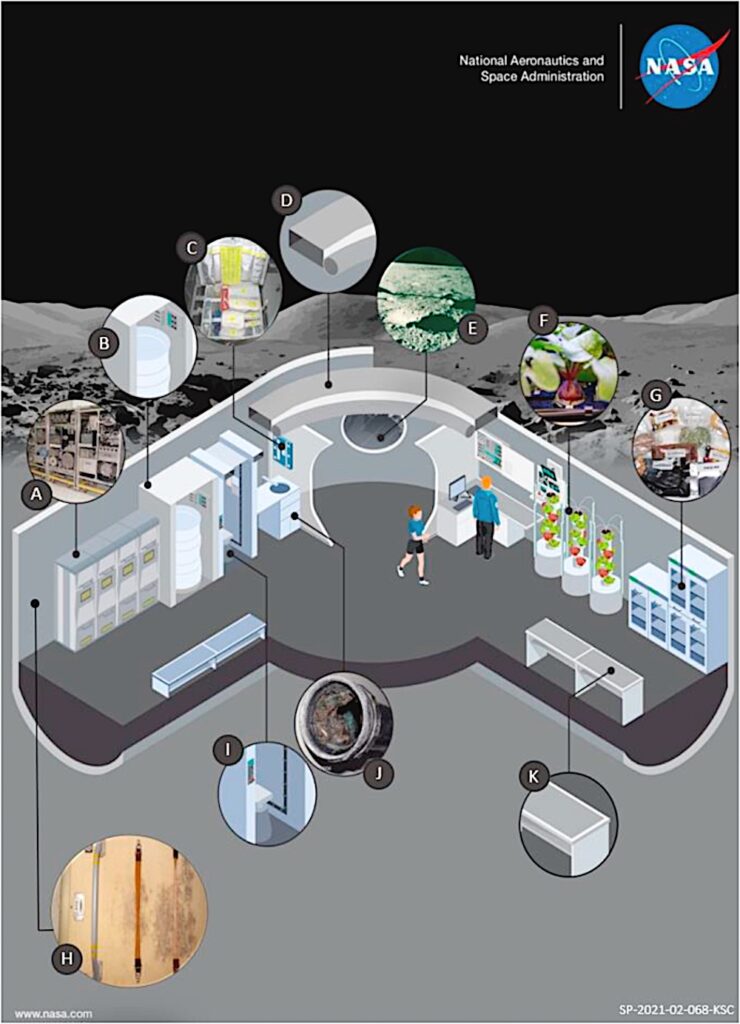
Schematic of areas that can come into contact or sustain biofilm growth during space habitation. (A) The Water Processor Assembly is an important part in the production of potable water and urine recycling for sustaining astronaut life. (B) Showers/cleaning devices are used to support astronaut hygiene. (C) Medical kits are carried on missions and medicine/medical attention is an important operations and mission planning. (D) Air conduits and collection of humidity condensate are a part of water and air system for life sustainability. (E) In-situ resource utilization (ISRU) will sustain production of needed materials from resources found where the habitat is situated. (F) Crop production in space encompasses the challenges of gathering the necessary compounds and conditions to grow nutritious food in space. Some plants benefit from biofilm although some microorganisms may be considered an infectious plant threat. (G) Food production and shipment, similarly to food crops, require safety measures and may benefit from in-situ production of specific nutrients. (H) Walls in the ISS have shown fungal growth before [13] and considering interior/exterior walls that may contain proliferating organisms is of importance for maintenance of a habitat (I) Urinals and full toilets are part of mission planning and contain surfaces that get dirty but also provide matter that can be reused (J) Part of urinals, air, and water systems are the individual components of Environmental Control and Life Support Systems (ECLSS) which contain hosing, heat exchangers, filters, and entire units with wet surfaces were biofilms may thrive (K) Other dry or humid surfaces may exist in the interior, especially science cabinets and technological equipment. — NASA via PubMed
Mitigation and use of biofilms in space for the benefit of human space exploration, Biofilm via PubMed (open access)
Astrobiology


